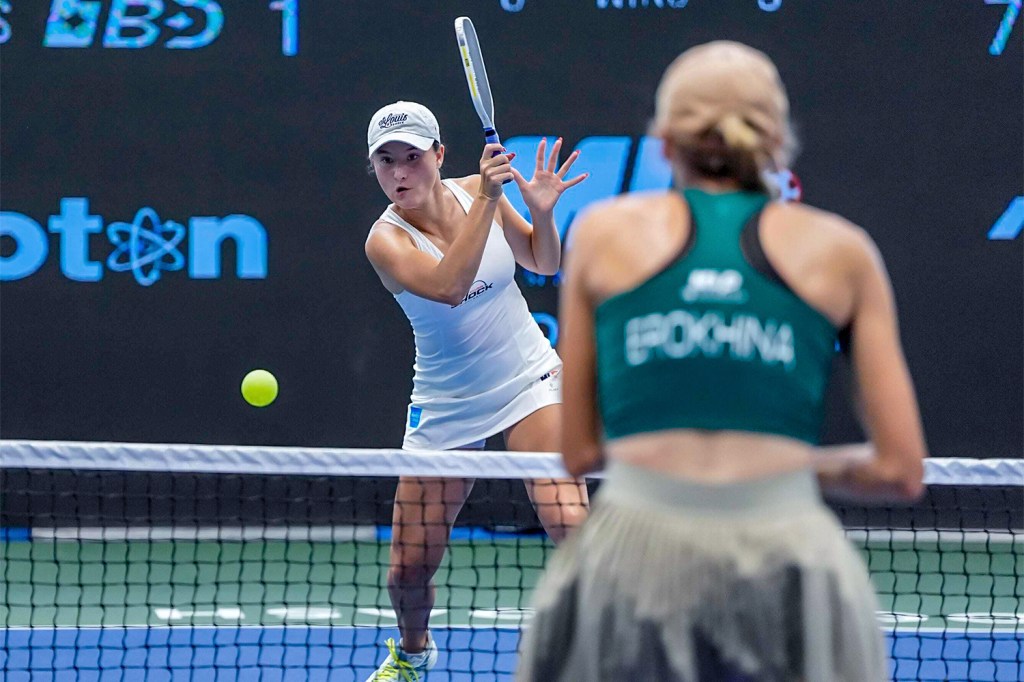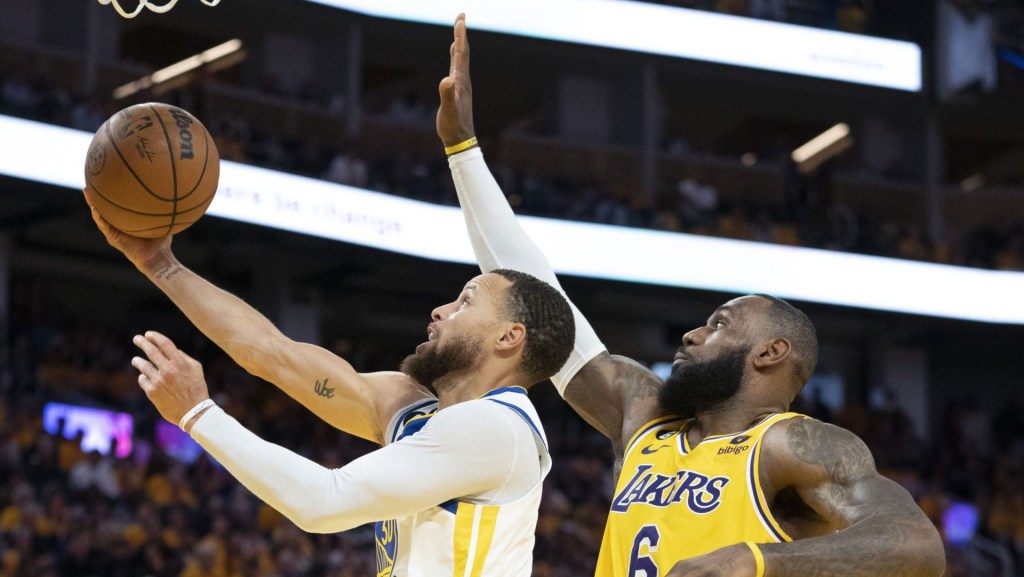By: Trace Welch, @twelch88
Professional sports are the pinnacle of competition. Every athlete strives to reach this ultimate level, although a miniscule amount actually fulfills that dream. These organizations are supposed to represent the class, structure, and supreme functionality that all other organizations should strive to imitate. Attendance problems are permeating the sporting world, whether this is high school, college, or professional sports.
It no longer seems that a compelling matchup will automatically sell out a venue, as advances in television viewing experience are competing with ticket offices. This trend has forced organizations to analyze the market and what consumers really want.
When developing a strategy to combat the attendance woes that many organizations are facing, it would be prudent to emulate the efforts taken by professional organizations, as these entities have the commitment, passion, and resources to devote in order to try and reverse this disturbing trend.
When analyzing the attendance trend that we have discussed, as well as the efforts taken to combat this trend, one needs to look no further than the most popular sport in America. The National Football League has shown more growth than any other sport in North America in the 21st century. Overall revenue in the NFL is at all-time highs and television ratings are also the highest they have ever been and growing. This is not the case, however, with paid attendance.
It is estimated that the NFL lost $60 million in paid attendance revenue in 2011. The average attendance for an NFL game in 2011 was 64,698, the worst average since 1998.[1] This was a major problem that reflected poorly on the health of the league, so the NFL has taken measures to try and fix this glaring weakness in the otherwise “strong armor” of the NFL. The NFL realized that the main reason that many fans were choosing not to attend games was because of the quality of presentation that a fan could experience watching the game at home or at a bar/restaurant.
The league has jumpstarted initiatives that would improve the in-stadium experience which could compete with the television broadcasts. In order to compete with the vast ability of broadcasts to display replays of key moments in the game, the commissioner’s office mandated that all video replays be shown on the stadium scoreboards during a video review. This would give the fan the ability to stay connected to the competition and would provide the same value that watching at home would.
Another mandate by the league office was having cameras installed in the locker rooms whose video would only be shown at the stadium on the video board.[2] This initiative would give the in-stadium viewer an added insight to the game that someone watching from home would not be able to experience. These improvements as well as the implementation of Wi-Fi capability in stadiums has allowed the league to compete directly with television broadcasts. The NFL did a fantastic job of analyzing the market and giving the consumer what they wanted, a step that should be emulated by all organizations.
“Millennial” is a term coined to represent the generation of people born between 1981 and 2001. This generation is extremely different from past generations due to the rapid advances in technology and communication that has taken place in the time period in which they were born. Millenials are used to splitting their time and attention between numerous tasks, being able to communicate effectively, regardless of distance, as well as having information available to them instantly.
Sports organizations are beginning to realize that this generation of fans has many different needs and wants that must be catered to, or they risk losing not only this generation of fans, but also the children of this generation as they may not pass down their love and passion for the sport. Professional sports organizations are recognizing that Millennials are used to having technology to improve and enhance their experiences. This has led to these organizations doing more than just providing in stadium Wi-Fi capability.
While almost all professional sports stadiums are racing to provide a high level of connectivity in their venues, they are also recognizing the opportunity to provide team sponsored applications that would improve the in stadium experience. Numerous teams, such as the Brooklyn Nets are developing team sponsored applications that would allow a fan to upgrade seats throughout the game, order food and drinks, as well as even check the restroom lines.[3]
This is forward thinking that many professional sports organizations are going to adopt and implement. Professional organizations have done a fantastic job of analyzing consumer wants and needs, then developing a plan to satisfy these wants and needs. Any organization that is struggling with attendance should look no further than professional organizations for inspiration and direction to deal with attendance problems.
[1] https://www.coldhardfootballfacts.com/content/nfls-60-million-attendance-problem/14875/
[2] https://www.fanengagement.nl/news/nfl-to-improve-in-stadium-attendance-for-fans/















